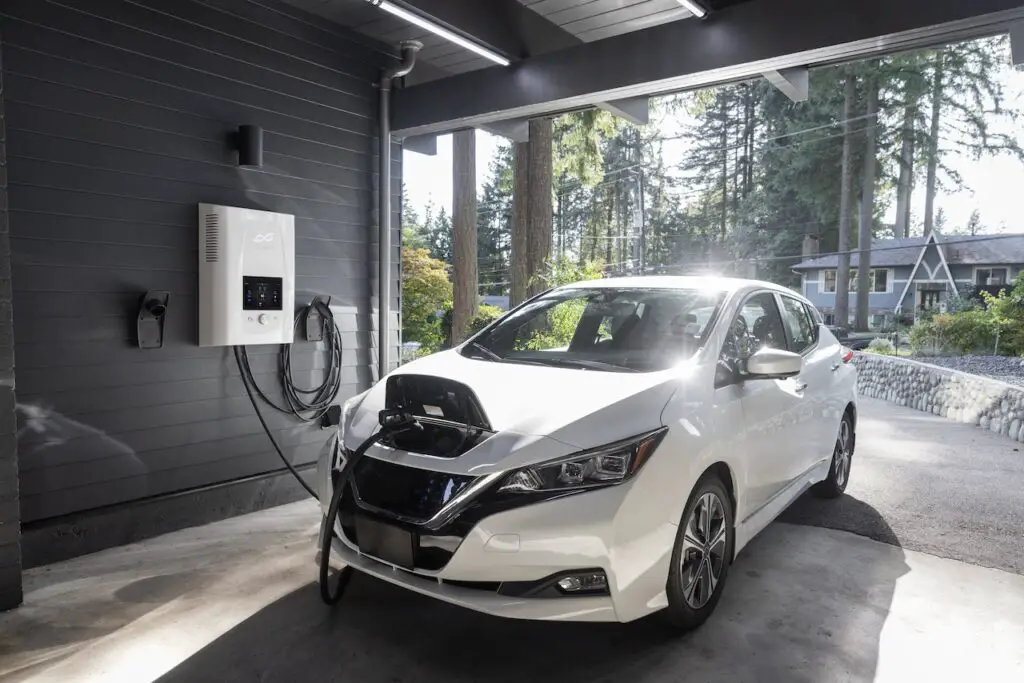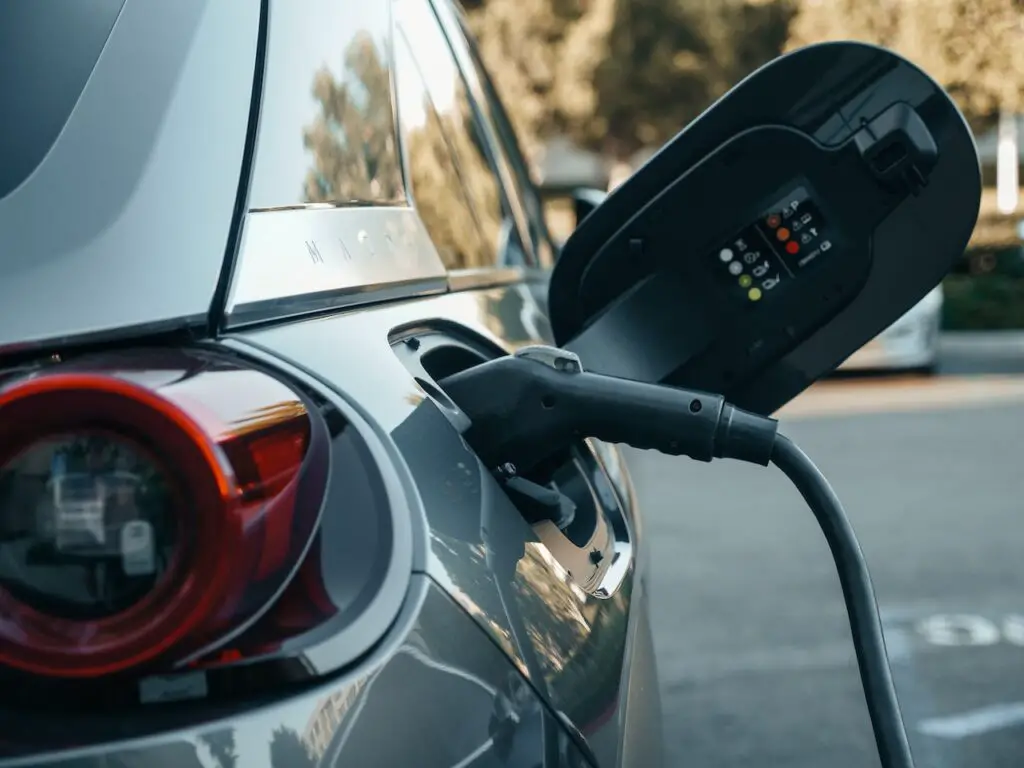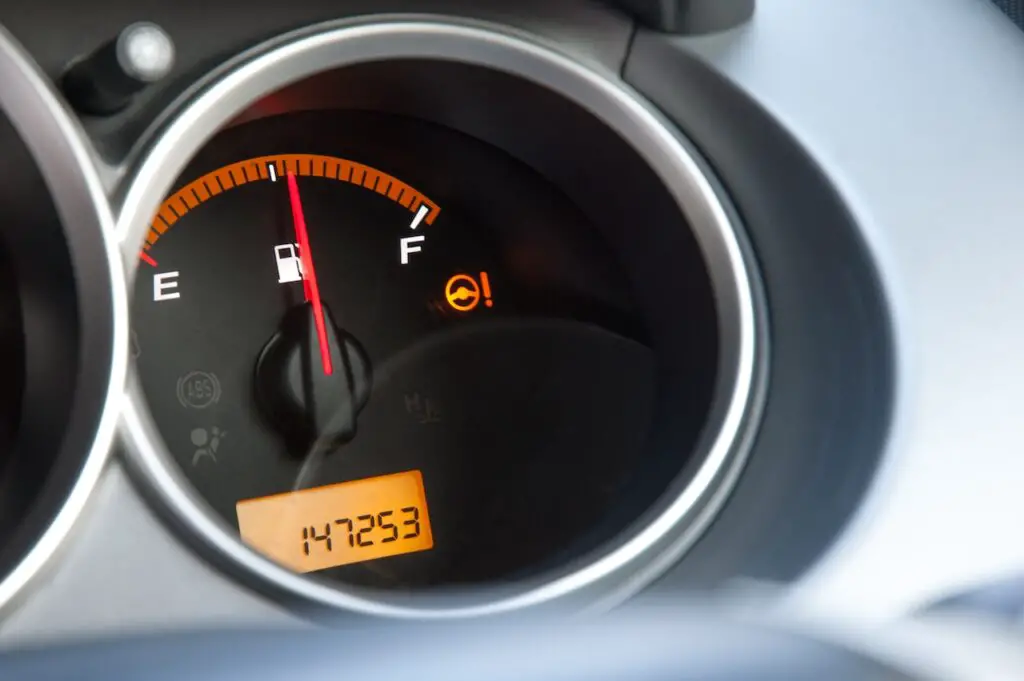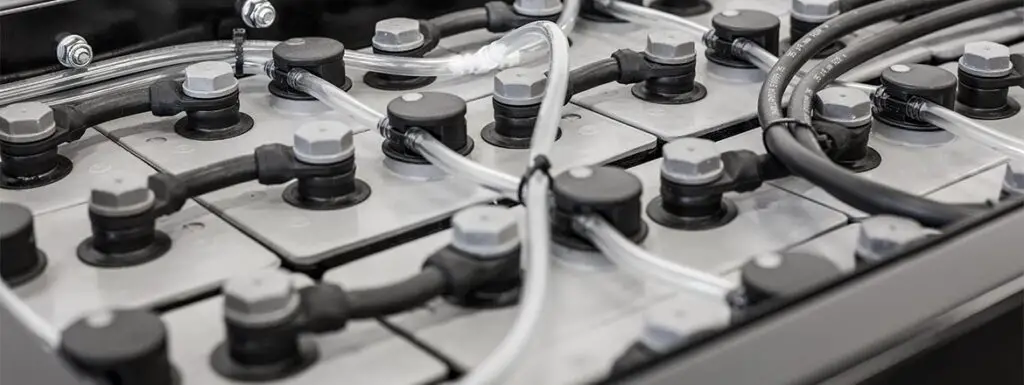Electric vehicles (EVs) are becoming increasingly popular due to their efficiency, low running costs, and environmental friendliness. However, as with any new technology, there are still many questions surrounding their use. One such question is how low should an EV battery be allowed to get before charging?
The answer to this question is not as straightforward as one might think. While it is true that lithium-ion batteries, which are used in most EVs, have a longer lifespan if they are not discharged too deeply, it is also important to balance this with the need to use the vehicle efficiently. In general, it is recommended to keep the battery between 20% and 80% charged at all times, but there are circumstances where it may be necessary to charge to 100%.
There are also other factors to consider, such as the temperature of the battery and the type of charger being used. In this article, we will explore the best practices for charging an EV battery, as well as the various factors that can affect battery life and performance. By the end of this article, readers should have a better understanding of how to maintain their EV battery and get the most out of their vehicle.

Why You Shouldn’t Let Your EV Battery Get Too Low
Letting your EV battery get too low before charging is not recommended. While it may be tempting to wait until the battery is almost completely drained before charging, doing so can actually harm the battery’s health in the long run.
Each time a battery goes to zero, some lithium-ion cells die, and the effective charge capacity may decrease. This means that you’ll get to that 70% margin on the warranty faster, reducing your overall driving range and charging. Therefore, it’s best to avoid letting your battery get too low before charging it.
Most EV manufacturers recommend charging your battery when it reaches 20-30% capacity. This ensures that the battery is not completely drained, and also prevents the battery from being overcharged, which can also be detrimental to its health.
How Low Can You Go?
One of the most common questions EV owners ask is how low they can let their battery get before charging. The answer depends on several factors, such as the type of battery, the age of the battery, and the temperature. Generally, it is recommended to keep the battery charged between 20% and 80% to prolong its life.
Letting the battery level drop below 20% can cause damage to the battery and reduce its overall capacity. On the other hand, charging the battery to 100% on a regular basis can also cause damage to the battery and reduce its lifespan. It is best to charge the battery to 100% only when necessary, such as before a long trip.
It is also important to consider the temperature when charging the battery. Extreme temperatures, whether too hot or too cold, can damage the battery and reduce its capacity. It is best to charge the battery in moderate temperatures and avoid exposing it to extreme temperatures.
Factors That Affect EV Battery Life
Temperature
The temperature of an EV battery can significantly affect its lifespan. According to DrivingElectric, high temperatures can cause the battery to degrade faster, while extremely low temperatures can reduce its performance. Ideally, the battery should be kept at a moderate temperature of around 20-25°C.
Owners can take steps to minimize the impact of temperature on their EV battery. For example, they can park their car in a garage or shaded area to avoid exposure to direct sunlight. They can also use the car’s air conditioning system to regulate the cabin temperature, which can indirectly help regulate the battery temperature as well.
Charging Habits
The charging habits of an EV owner can also affect the battery’s lifespan. According to PCMag, charging the battery to 100% frequently can accelerate its degradation. It is recommended to keep the battery between 20% and 80% charged at all times, and to only charge it to 100% when necessary for longer trips.
Using rapid chargers frequently can also affect the battery’s lifespan. These chargers can generate a lot of heat, which can cause the battery to degrade faster. It is recommended to limit the use of rapid chargers and to use slower, level 2 chargers whenever possible.
Age of the Battery
The age of an EV battery can also affect its lifespan. According to MotorTrend, lithium-ion batteries typically have a lifespan of around 8-10 years. After this period, the battery’s capacity and performance may start to decline.
Owners can take steps to extend the lifespan of their battery, such as avoiding extreme temperatures and charging habits that can accelerate degradation. However, it’s important to keep in mind that the battery will eventually reach the end of its lifespan and will need to be replaced.
Best Practices for Charging Your EV Battery
Charge Before It Gets Too Low
It is recommended to charge your EV battery before it gets too low. Most EVs have a range estimator that can help you determine how far you can go on a single charge. It is best to charge your EV battery when it reaches 20-30% capacity. This will help prolong the life of your battery and ensure that you have enough charge for your next trip.
Avoid Fast Charging Too Often
Fast charging, also known as DC fast charging, is a quick way to charge your EV battery. However, it can put extra stress on your battery and reduce its overall lifespan. It is best to use fast charging only when necessary, such as during a long road trip. For daily use, it is recommended to use Level 2 charging, which is slower but gentler on your battery.
Use a Level 2 Charger at Home
If you have a dedicated parking space at home, it is recommended to install a Level 2 charger. This type of charger can fully charge your battery in a few hours, depending on your EV model. Level 2 charging is also more efficient than Level 1 charging, which uses a standard household outlet.
Avoid Charging to 100%
Charging your EV battery to 100% can also put extra stress on your battery and reduce its lifespan. It is recommended to charge your battery to no more than 80% for daily use. If you need to travel a longer distance, you can charge your battery to 100%, but it is best to avoid doing this on a regular basis.
Conclusion
When it comes to electric vehicle battery charging, there is no one-size-fits-all answer to the question of how low should you let your EV battery get before charging. Factors such as the type of battery, the charging method, and the driving conditions can all impact the battery’s performance and lifespan.
However, there are some general guidelines that can help EV owners maintain their battery’s health. It is recommended to keep the battery’s charge in the range of 20% to 80% to avoid frequent charging cycles from 0% to 100%, which can cause the battery to degrade faster.
Additionally, it is important to use the appropriate charging method for the battery type. Lithium-ion batteries, which are commonly used in EVs, should be charged slowly and steadily to avoid overheating and damaging the battery. Rapid or ultra-rapid chargers should be used sparingly, as they can refill the battery at a much faster rate and cause degradation over time.
Overall, taking care of an EV battery is crucial for maintaining its performance and longevity. By following these guidelines and being mindful of how the battery is charged, EV owners can ensure that their vehicle will continue to provide reliable and efficient transportation for years to come.




